DAY 05: Varanasi
Early morning, boat ride on the river Ganges, to view the activities revolving around the holy river. Life on the banks of the Ganga begins before dawn when thousands of pilgrims, men, women and children, come down to the river and wait for the rising sun. As the sun rises, the river lifts its misty curtain gradually, to reveal the magnificent buildings creating a solemn atmosphere unmatched by any other city in the world. Soon after the sunrise, the city’s great amphitheatre bursts into activity. In the charged holistic atmosphere of the morning, venerable Brahmins (known as Pandas) recite passages from sacred texts; priests dispense holy ashes to pilgrims to mark their foreheads in veneration of the gods. The city comes alive with boatmen, shrill-voiced Flower sellers, sweetmeat and other knick-knack vendors, sacred bulls and cows roaming around. Witness all these activities during the boat ride and Return to hotel for breakfast. After breakfast, start the city tour covering Sankat Mochan Hanuman Temple which is located on the Assi ghat and was established by Saint Tulsiram in the 1500s.The present temple structure was constructed by the freedom fighter Pandit Madan Mohan Malviya in 1900s. It is devoted to Lord Rama and Hanuman. Next, visit Golden Temple (Kashi Vishwanath). The Golden Temple is dedicated to Lord Shiva and built by Ahalya Bai of Indore in 1780. Maharaja Ranjit Singh of Lahore provided 800 kg of gold plating on the tower. The temple situated on the western Bank of the holy river Ganga, the holiest of Shiva temples, followed by visit to Kal Bhairav Temple which is one of the ancient temples of Lord Shiva that can be found in Varanasi. This temple has a strong link with the history and culture of the city. Kal Bhairav Temple is the fiercest form of Lord Shiva. The deity is portrayed as a man wearing garlands made with human skull. It is said that the death itself is afraid of this form of Lord Shiva. Mrityunjay Mahadev Mandir – This temple is dedicated to the Lord Shiva and situated on the way from Daranagar to Kalbhairav temple. There is an ancient well which has much religious importance and it is believed that its water is cure to several diseases. The temple opens early in the morning at 4.00 am and closes late night at 12.00 pm. Arti timings are at 5.30 am, 6.30 pm and 11.30 pm.
After Lunch break visit BHU and Durga temple, which is also known as Monkey temple (because of the presence of huge number of monkeys), situated in the Durga Kund, Varanasi. The temple is dedicated to the Goddess Durga. It was built in the 18th century. Durga temple was constructed by a Bengali Maharani in the north Indian Style with multi tiered shikhara. An attractive pond known as the Durga Kund is made on the right side of the temple which really increases the beauty of the temple. The pond has stone stairs on all sides and watch pillars at each corner of the pond.
Return to hotel and relax. In the evening, experience the Hindu ritual “Aarti”. Aarti refers to the songs sung in praise of the deity, combined with the offering of the lamps. Hindus in India worship the river Ganges as goddess. Every evening in Varanasi, aarti is performed at the Dashashwamedh ghat. We can reach the ghat thru intricate labyrinths and watch it by the Ghat or from the waterfront sitting in a boat. The atmosphere is majestic, resonant with the sound of bells, drums, cymbals etc. It is beautiful to watch the precise choreography involving rituals performed by several priests. Return to hotel and overnight in Varanasi. Overnight at hotel.

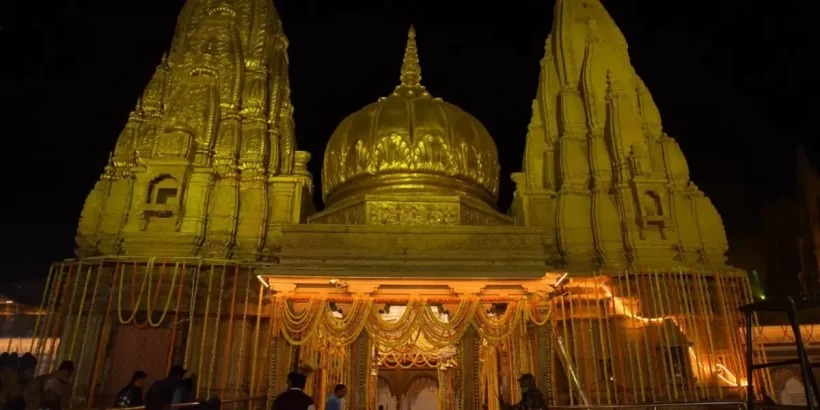
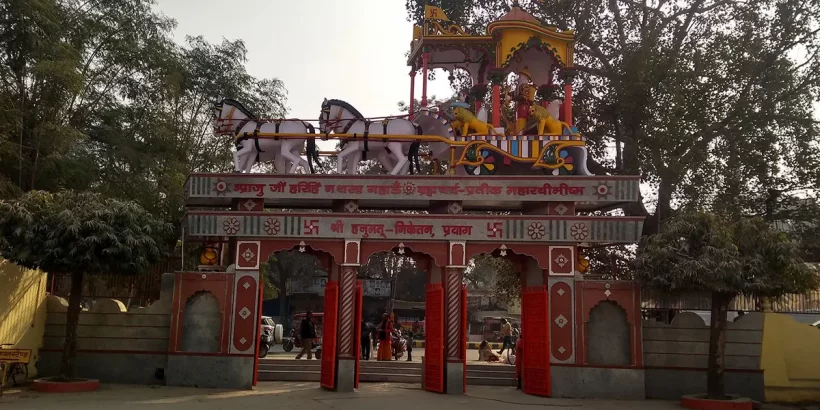
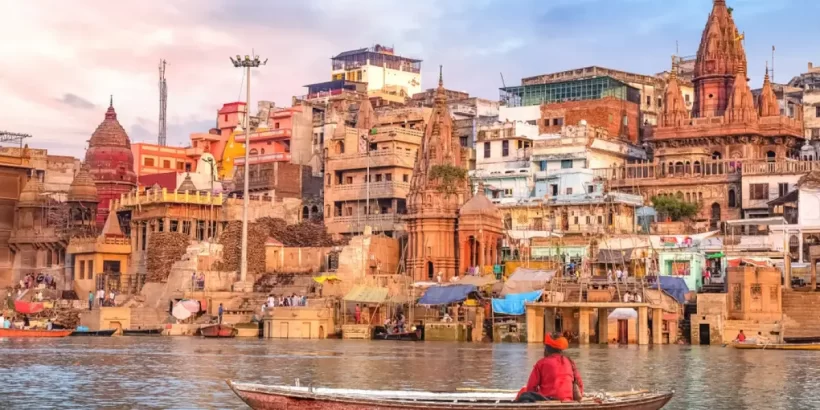
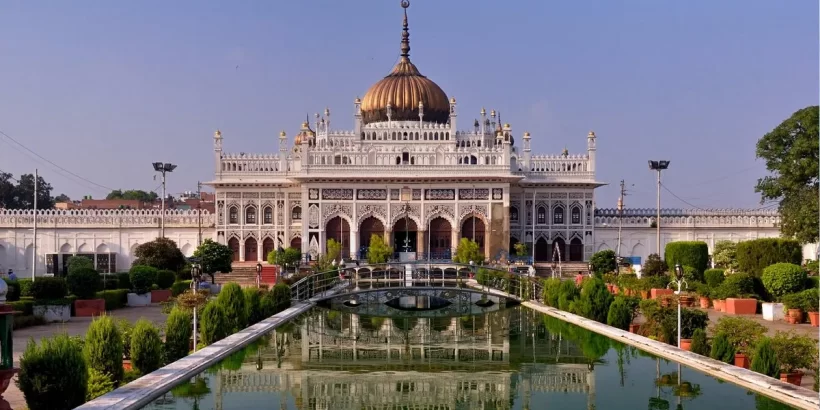
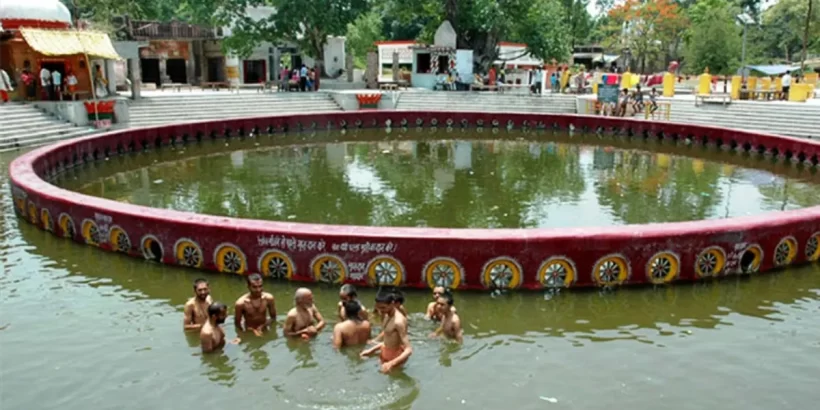
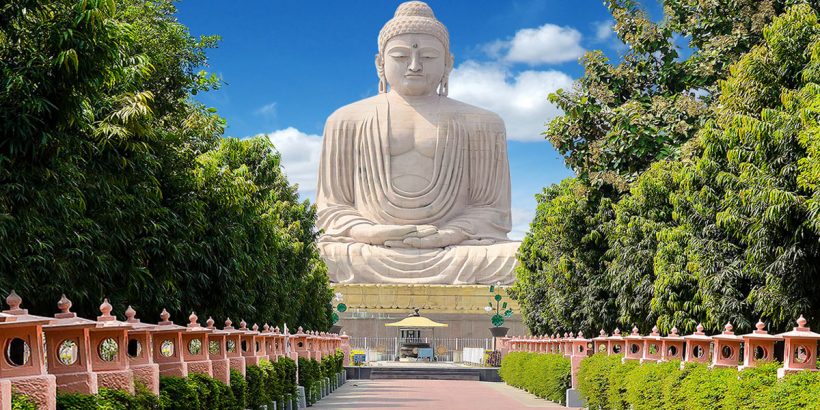
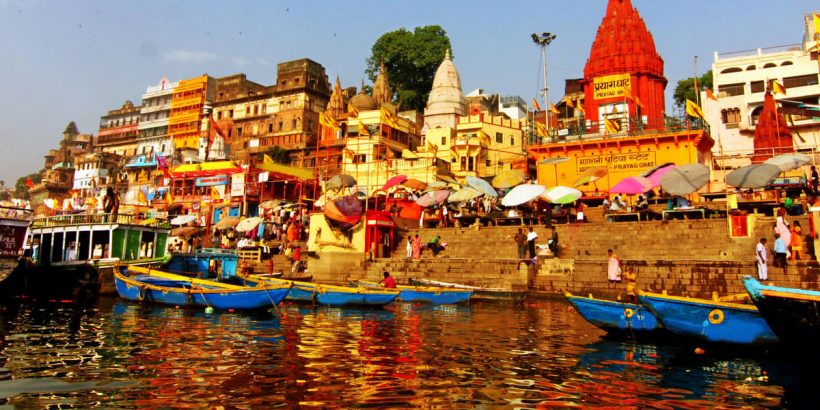

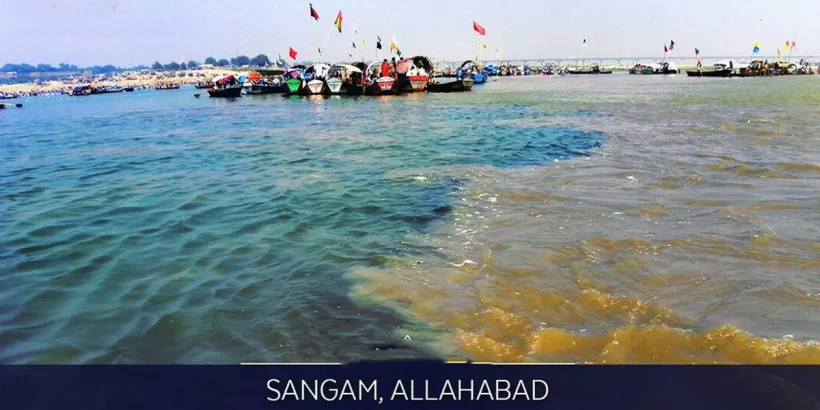
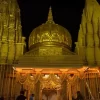
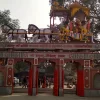

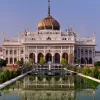
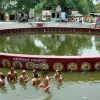
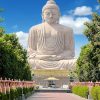
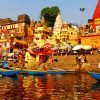
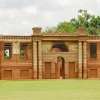
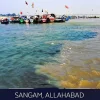
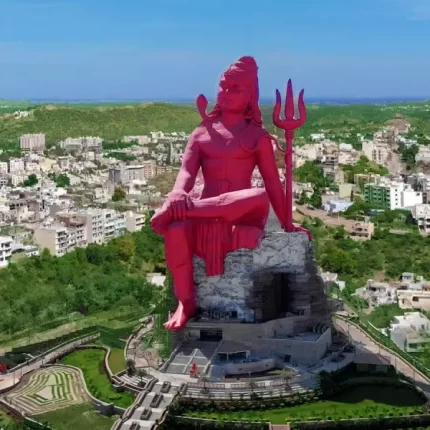
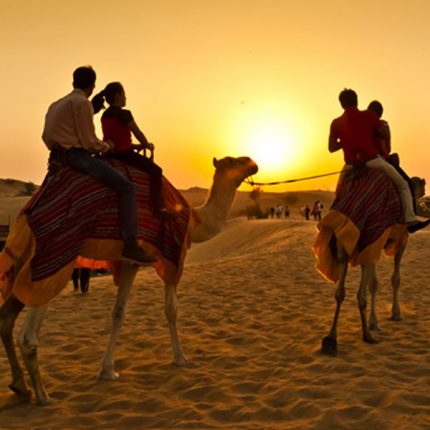
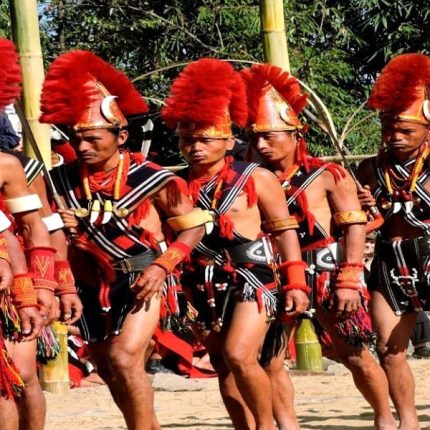
Reviews
There are no reviews yet.